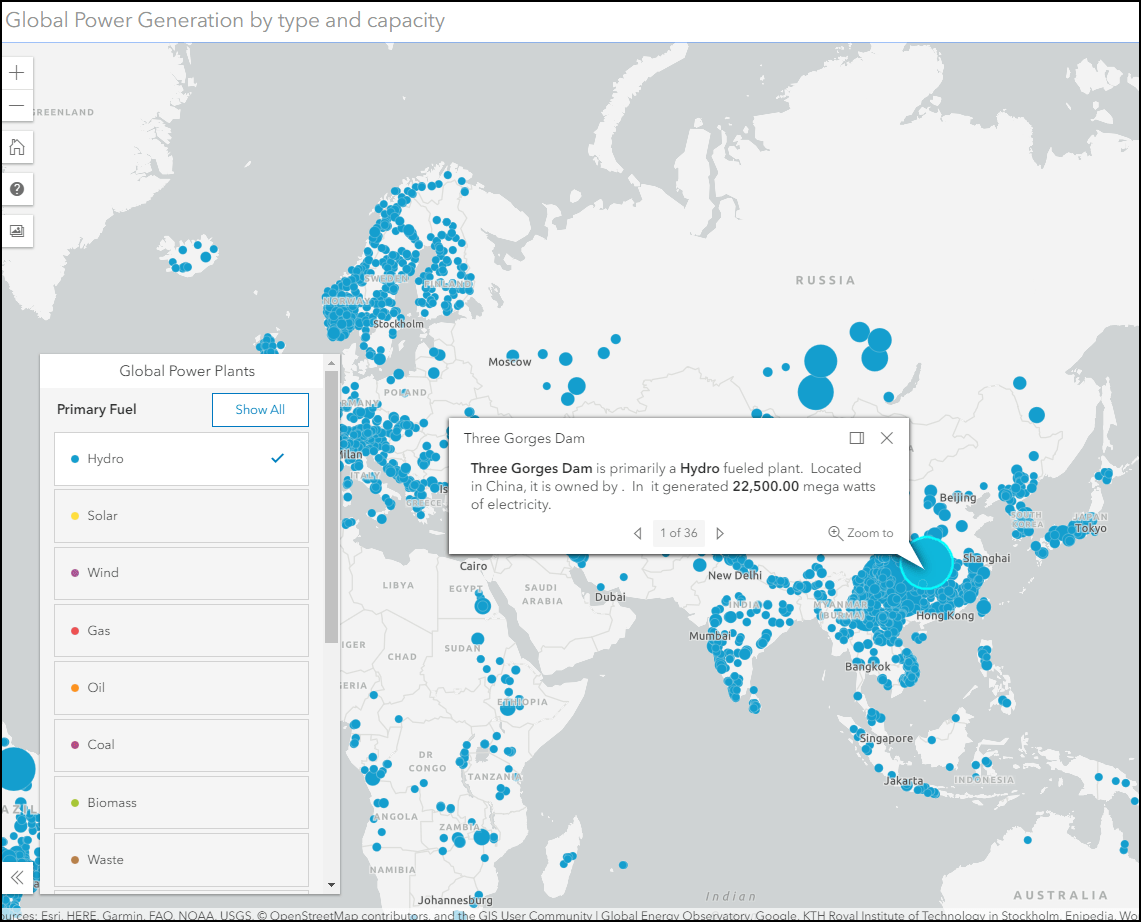Arcgis Legend Styles

.Maps are powerful because they allow us to visualize our data in a variety of ways. For example, population data for countries can be visualized as a sequence of colors, such as from light-to-dark, or as proportional circles, such as from small-to-large. This flexibility allows us to tell different stories and discover hidden patterns depending on how the data is presented. But because map making is so flexible, it requires making decisions when there isn't always a single best answer.Fortunately, Map Viewer allows you to explore different styling options using smart mapping defaults. When you, the nature of your data determines the you see by default. Once you have decided how you want to present your layer—for example, circles or colors to show population—you can make changes to its appearance that are immediately reflected on the map. Map Viewer gives you control over graphic elements such as color ramps, line weights, transparency,.
Change Style is available for a variety of.To learn more about smart mapping, see the following resources:.Change style workflowThe styling options provided for a layer are based on the type of data you are mapping. You will see different choices depending on whether your layer is composed of point, line, or polygon features. For example, you will see heat map styling options for a layer composed of points, but not for line or polygon layers. The options offered are also influenced by the type of data associated with your features.
For example, a point feature might only have location information such as geographic coordinates but could also have categorical information such as tree species or numerical information such as air temperature. Not every styling option can be used for every type of data. By analyzing these and other characteristics of your data, Map Viewer presents the.
Juba, Joe (May 2004). Archived from on April 11, 2008. Yu-gi-oh world championship tournament 2006 gba ita. Star Dingo (May 2004).: 78. Retrieved October 10, 2015.
Note:You can create a custom expression written in the scripting language to use for styling instead of styling a feature layer using explicit attributes in your layer. This is available for most styles. For example, an Arcade expression might be created to derive a yearly sales figure for individual sales territories by summing the value of monthly sales fields. The yearly sales figures can then be represented as different-sized symbols on the map. You can also create a new Arcade expression or edit your Arcade expression directly in Map Viewer. Arcade expressions can also be used when setting transparency for features or the rotation angle of symbols.When you add a layer without any styling attached to it—for example, you import a CSV file or shapefile or add a hosted feature layer from its details page immediately after publishing— Map Viewer opens the Change Style pane with suggested styling defaults for the layer. Click OK to accept the suggestions or Cancel if you don't want to apply the styling.

If you add a layer that already has styling applied, Map Viewer respects that styling. You must open the Change Style pane to see suggestions and make any styling changes to the layer.You can change the style of a layer at any time by using the Change Style pane. If you aren't happy with the style changes you made, you can return to the default style of the layer after applying the changes.To change the style of your feature layer, do the following. Verify that you are signed in and, if you want to save your changes, that you have to create content. Open the map in Map Viewer. Click Details and click Contents.
Arcgis Styles Download
Browse to and hover over the feature layer that contains the style you want to change and click Change Style. For Choose an attribute to show, do one of the following:. To style an attribute in your layer, select the attribute you want. To use a custom Arcade expression that was previously created for the layer, select it at the bottom of the drop-down menu. If you want to edit the expression or its name, click the Edit Expression button and use the editor window to edit it. If you want to create a new Arcade expression, select New Expression from the drop-down menu and use the editor window to create your expression, including giving it a name.
Arcgis Legend Styles Chart
You can use existing expressions to build new expressions, but be aware that certain variables may not work across. To use an existing expression, select it from the Existing tab in the editor window. Tip:At 10.7.1, you have the option to return to the default style of the layer.